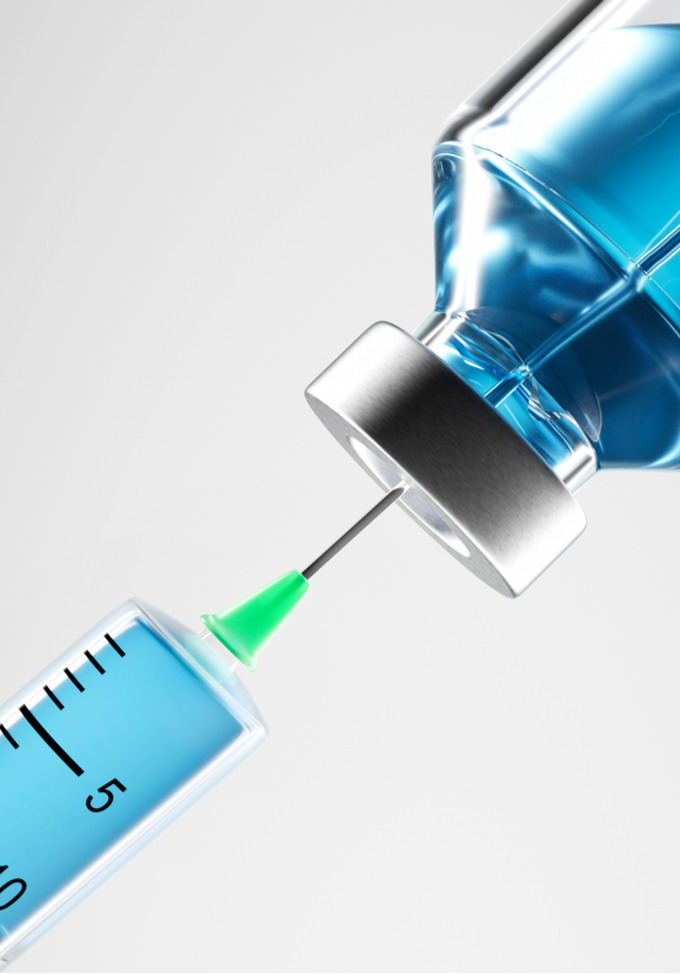
Targeted Injection Mapping (TIM) In Santa Barbara, CA
Targeted Injection Mapping for Migraines
Targeted injection mapping (TIM) is a revolutionary procedure that identifies the source of migraines in the nerves and allows Dr. Lowenstein to treat it accordingly. During TIM, our surgeon Dr. Lowenstein will use temporary nerve blocks to target various nerve complexes, assessing the degree of response and relief provided by each of these nerve blocks.
Recent breakthroughs in migraine research have discovered that many migraines are caused by constricted and irritated nerves outside of the brain. In this scenario, migraine medications are less effective in curing migraine pain. TIM can perform a detailed mapping of the problematic nerves and identifies the specific nerves that are the root cause of your migraine headaches.

FAQs
What causes migraine headaches?
While many factors can trigger migraine headaches, one of the main causes of them are irritations of the peripheral nerves in the face and neck.
Typically, nerves that cause migraines are located outside of the brain. They can originate from the spine in the back of the neck, or the trigeminal nerve in the front and sides of the neck. Recent breakthrough studies have shown that inflammation of these nerves, referred to as neuralgia, is often the cause of migraines. Inflamed nerves, like normal nerves, send signals back to the brain. When an inflamed nerve sends signals back to the brain, it sends pain signals.
Although the migraine patient may not feel these nerves during a migraine attack, it was discovered that these distress signals sent to the brain trigger a cascade of symptoms associated with migraine pains. Fortunately, the study of neuralgia has also paved the way for a different type of cure, which is migraine surgery.
How does Targeted Injection Mapping work?
Targeted nerve mapping uses a local anesthetic, such as lidocaine or procainamide to block signals from the inflamed nerve from being sent to the brain. This in turn blocks the pain signal that leads to your migraine headache. TIM is generally administered through injection on various points of your head and neck, just like any other type of shot.
By injecting this local anesthetic, our surgeon, Dr. Lowenstein can block individual nerves that have been recognized as culprits in triggering migraines. As these nerves are blocked, headache pain caused by these nerves immediately resolves. This response, even for a short hour following the injection, is an indication that the injected nerve is the actual culprit behind the headache pain. Through sequentially blocking these nerves, Dr. Lowenstein can form a map of the distress calls that your brain is receiving and formulate a plan to address them.
Is Targeted Injection Mapping safe?
Yes, it is. Our surgeon Dr. Lowenstein is certified by the American Society of Plastic Surgeons and has over 30 years of experience in complex reconstructive surgeries. Together with his staff in Migraine Surgery Specialty Center, we are committed to providing the best care for our patients.
Targeting these nerve blocks through Targeted Injection Mapping is common and familiar to experienced plastic surgeons such as Dr. Lowenstein because he utilizes many of them during other types of head and neck surgery.
Can Targeted Injection Mapping cure my migraine headache?
Targeted Injection Mapping is the first step to migraine care that allows Dr. Lowenstein to create a roadmap to discover which nerves are inflamed. However, it is a diagnostic procedure that indicates whether migraine surgery should be effective in providing permanent headache relief.
TIM for migraine headaches will allow Dr. Lowenstein to identify the problem nerves, but figuring out how to best address them is a process that can be discussed with our expert surgeon. Once the TIM protocol has created a map of your migraine-trigger nerves, Dr. Lowenstein will analyze the results and give you options to cure your migraine pain.
Do I need to go for migraine surgery after Targeted Injection Mapping?
The decision to proceed to surgery or to utilize a less invasive means of managing your migraine pain will be entirely your decision. Migraine surgery is not a one size fits all type of operation. So, treating you as an individual with personalized needs and providing you with more knowledge on the source of your pain is a primary focus of our care.
How does migraine surgery work?
Once Dr. Lowenstein understands which nerves are inflamed through TMI, he can then use this information to perform migraine nerve decompression surgery which should provide permanent pain improvement.
This nerve decompression surgery is done to release the nerves in the neck and the forehead from nearby tissues that are pushing onto the nerve. Releasing these nerves surgically prevents their signals from causing headache pain.
Migraine surgery is a day surgery that has been proven to provide permanent relief for patients. Migraine surgery is NOT brain surgery and is always performed as outpatient surgery. Over 93 percent of patients experience at least 50 percent relief from their symptoms, and over 40 percent of patients experience 100 percent relief from their symptoms.
Can Botox be used with TIM?
If migraine surgery is not an option you are looking for, Botox can often be used around the nerves producing your migraine distress signal. Some nerves can be inflamed because of the constriction of the muscles surrounding them. Hence, targeted Botox can cause those muscles to relax and allow your neuralgia to settle down. This will reduce the distress signals to the brain, thus reducing the frequency or severity of your migraines.
